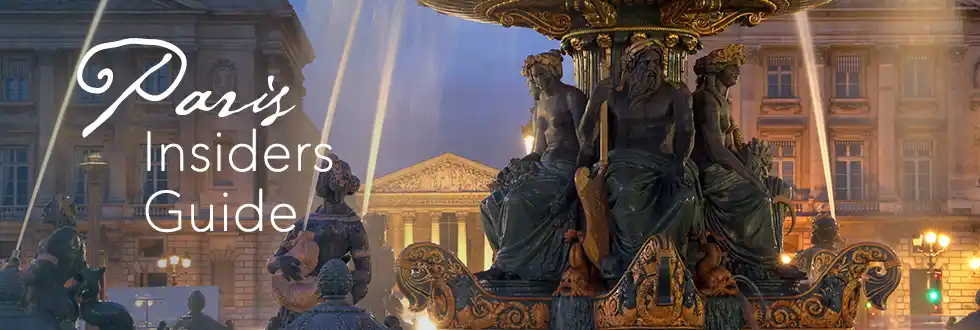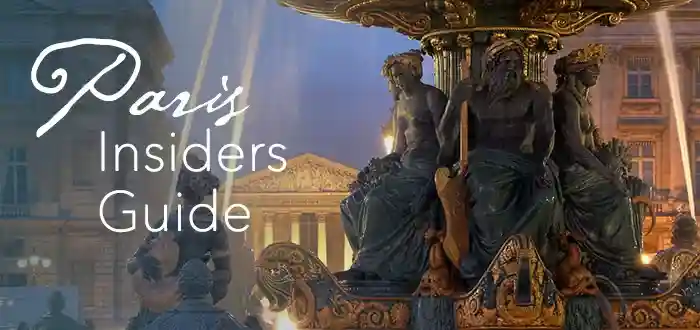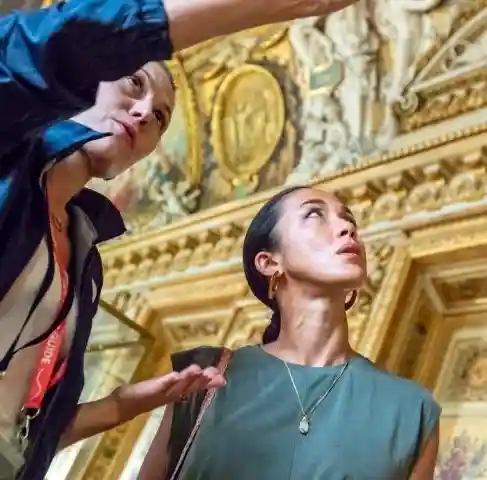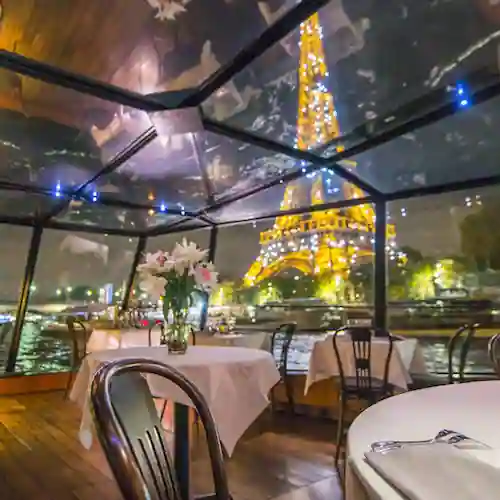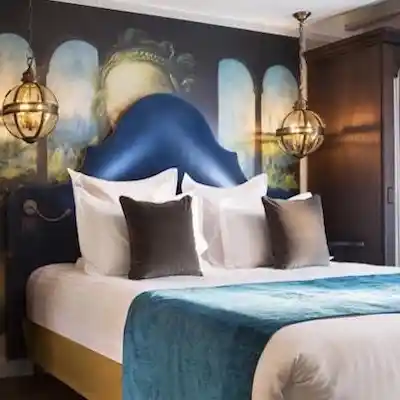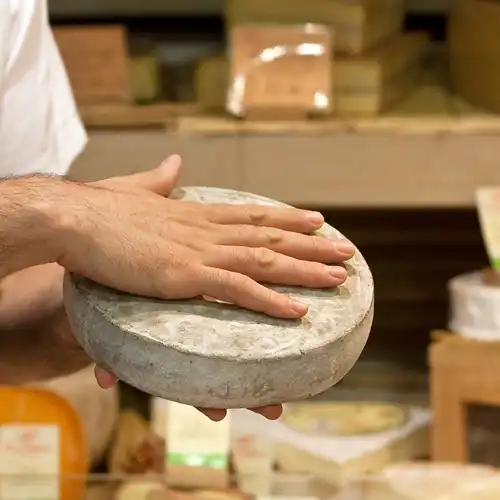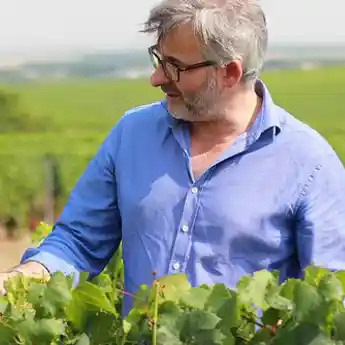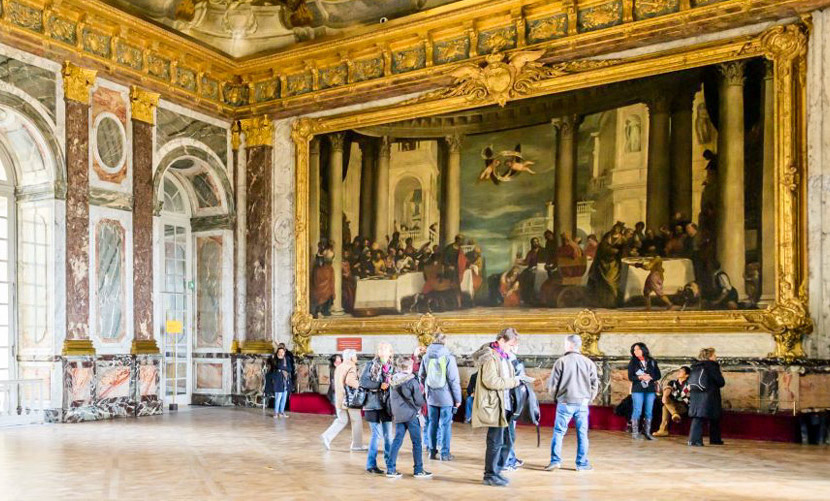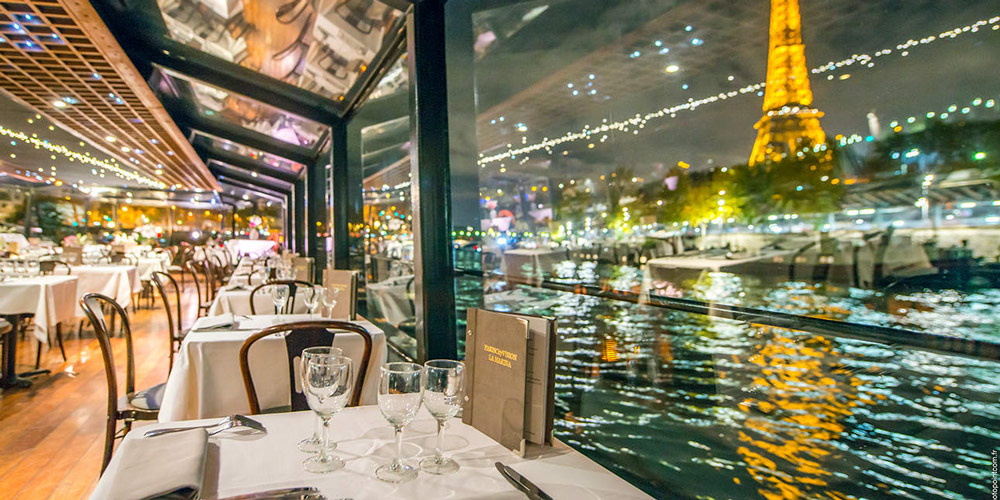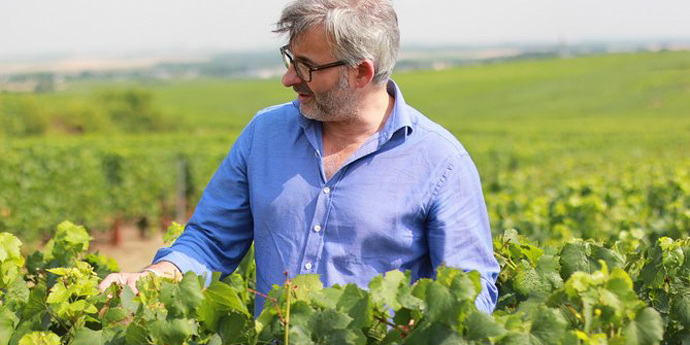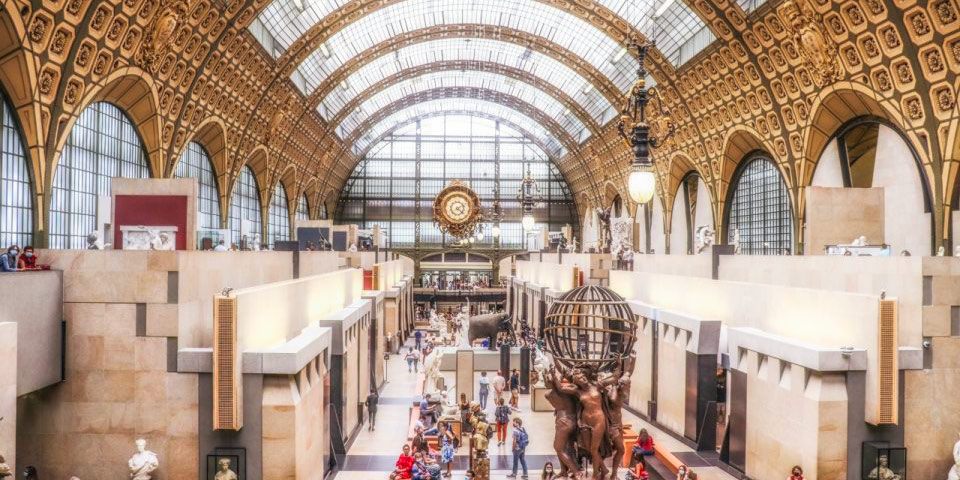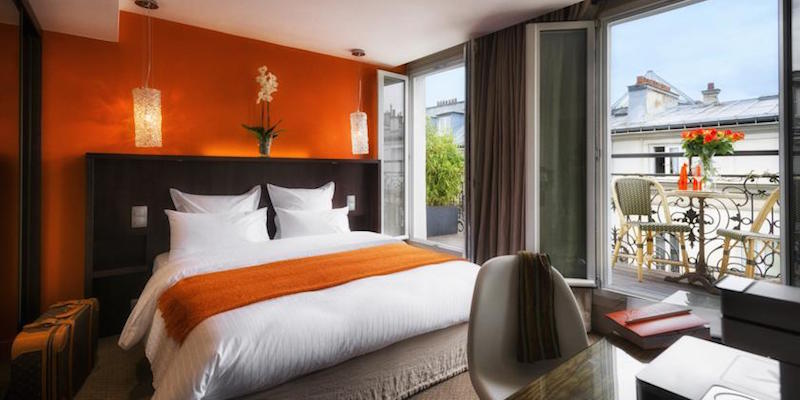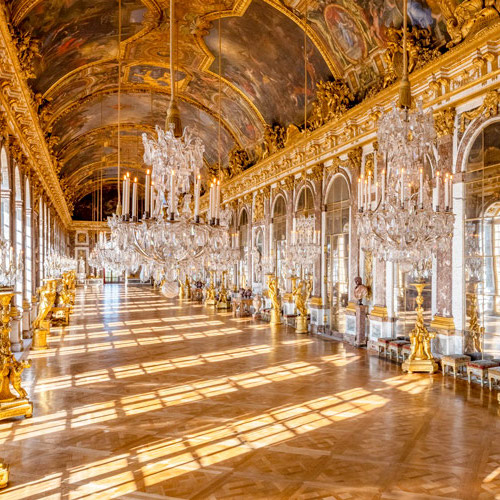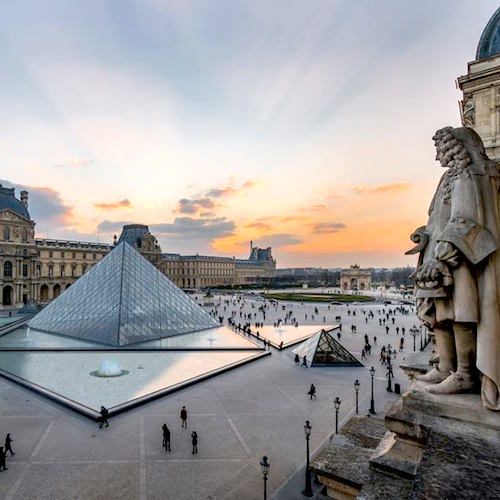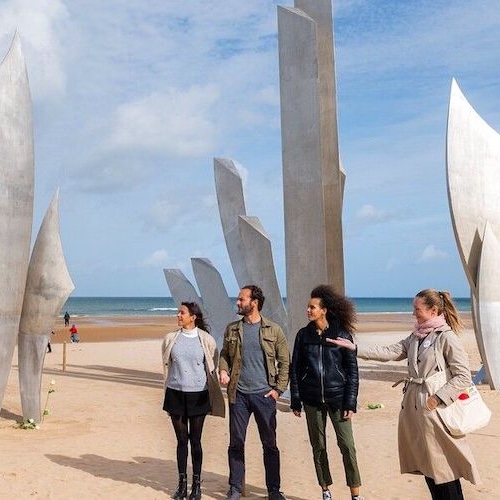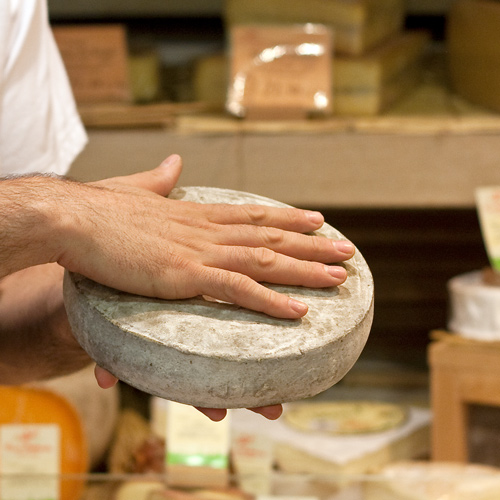Bois de Boulogne – Discover The Left "Lung" Of Paris
Created during the mid-19th century reign of Emperor Napoleon III, the Bois de Boulogne sits on the western edge of Paris. Two times bigger than NYC's Central Park, it's no wonder the Bois de Boulogne, along with the Bois de Vincennes, are referred to as the "lungs of Paris", with all those trees producing oxygen. There are plenty of reasons to visit here — a rose garden, lakes, a waterfall, botanical gardens, the Hippodrome horse racing track, Roland Garros (where the French Open is held), and two Michelin-starred restaurants. Let's delve into the wonderful world of the Bois de Boulogne.
![]()
Our Top-Rated Paris Experiences
Lakes, Waterfalls… Even a Campsite
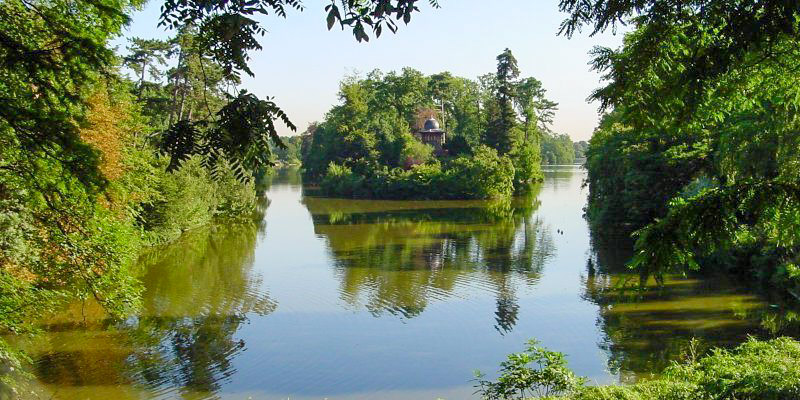
A haven for pleasure-seekers, the Bois de Boulogne is filled with cyclists, joggers, boaters, picnickers, tennis players, horseback riders, and diners. Its open spaces are a haven for city runners to escape the pavement and is the finish line for the Paris Marathon.
The Bois de Boulogne's two lakes and eight ponds are connected via three artificial streams, installed by Napoleon III during the expansion work started in 1850. The water is drawn from a canal on the Ourcq River and arrives to Lac Superieur whence it flows by gravity to the Grande Cascade (waterfall) and the Lac Inferieur. Lac Inferieur is the largest lake in the park and is a safe home for swans, ducks, and other waterfowl. Little-known fact: the lake's island holds the only monument in Paris to the park's founder, Napoleon III.
Napoleon III loved waterfalls so he decreed that a grande cascade be built (using four thousand cubic meters of rocks from Fontainebleau) so he could view it from his nearby hunting lodge. The lodge itself now houses the Grande Cascade restaurant. The picturesque waterfall has two artificial grottoes and sits next to an old Cedar of Lebanon tree planted in 1734.
The Bois de Boulogne even sports a seven-hectare campground with 510 spots for tents and caravans. Reservations are essential and are only granted to those who live more than fifty kilometres from Paris.
![]()
|
Paris Dinner Cruises on the Seine Dine in style as you glide past the Eiffel Tower, Notre-Dame, and the Louvre on a magical Seine River cruise. Gourmet food, champagne, and Paris lit up at night – it’s unforgettable. |
|
Paris Dinner Cruises on the Seine Dine in style as you glide past the Eiffel Tower, Notre-Dame, and the Louvre on a magical Seine River cruise. Gourmet food, champagne, and Paris lit up at night – it’s unforgettable. |
A One-Thousand Year History
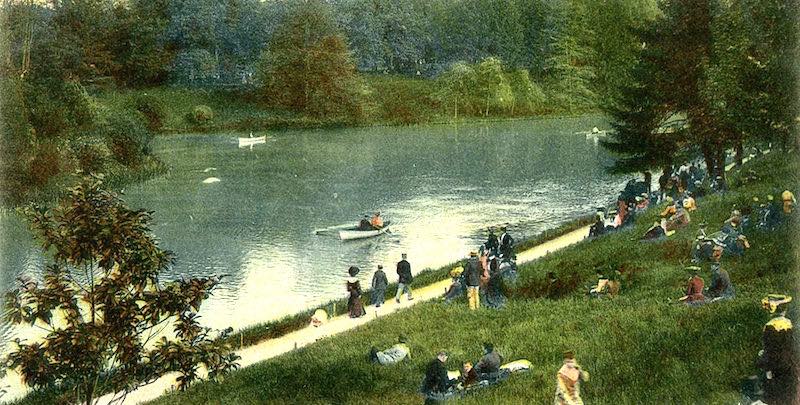
As with many things Parisian, the story of Bois de Boulogne begins with royalty and hunting. It was Philip Augustus (1180 – 1223) who created a royal hunting reserve in the ancient oak forests that are now the Bois de Boulogne. During the Hundred Years' War (1337 to 1453), it was a battleground. Henry II and Henry III enclosed the forest with walls and eight gates. Louis XVI used it as a favorite hunting ground; his brother the Comte d'Artois built the Chateau de Bagatelle there. Louis XVI was also the first king to open the forest to the public, in about 1777.
After Napoleon Bonaparte's defeat in 1814, British and Russian soldiers camped in the park and cut down thousands of trees for firewood and shelter. But it wasn't until Napoleon III came to power (1848 – 1870) that the Bois de Boulogne as we know it was created. Thanks to him, two large public parks were created on the outskirts of the city, Bois de Boulogne to the west and Bois de Vincennes to the east. The idea was to create a pleasant outdoor environment where Parisians could escape the hubbub of the city and relax in the countryside.
Helping Napoleon III in this endeavor was the city prefect Baron Haussmann, who was in the process improving Paris with a better water system and new boulevards. It took five years to complete the reconstruction of the park, during which time lakes were dug, islands created from earth and rocks, an artificial waterfall and grotto were made, roads, paths and trails built, 420,000 trees planted, and deers imported to live on the grounds.
![]()
|
Escape to the Land of Bubbly on a small-group day tour from Paris. Taste at top Champagne houses, meet boutique producers, enjoy a leisurely lunch, and toast to a perfectly sparkling day. |
|
Escape to the Land of Bubbly on a small-group day tour from Paris. Taste at top Champagne houses, meet boutique producers, enjoy a leisurely lunch, and toast to a perfectly sparkling day. |
![]()
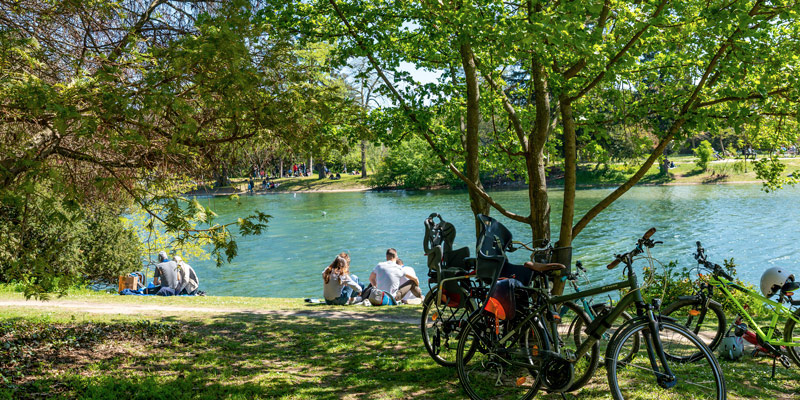
![]()
The park was meant as a place for amusement and outdoor leisure activities, so cafes, bandstands, riding stables, shooting galleries, and boat rentals were all put in place. On the northern end of the park, forty-nine acres (twenty hectares) were used to create a zoo and botanical garden with rare birds, exotic animals and plants. It was also during this time that the two current Michelin-starred restaurants were built — La Grande Cascade and Le Pré Catalan.
But the good times didn't last: for the emperor, for Paris, or for France. During the ill-conceived and disastrous Franco-Prussian War (1870 – 1871), Napoleon III lost power, went into exile, and the Bois de Boulogne suffered from artillery bombardment. The Grande Cascade restaurant was turned into an army hospital and many of the park's animals were hunted and used as food by the occupying Prussian troops.
After this calamitous interlude, Bois de Boulogne recovered and in the following years was a popular place for picnics, weddings, and for sporting events in the 1900 and 1924 Summer Olympics. It wasn't until 1929 that the park was annexed by the city of Paris and added to the 16th Arrondissement.
There is only one private residence in the park, and it's where the Duke of Windsor and his wife Wallis Simpson lived from 1952 to 1986. The Duke died there in 1972 and Wallis Simpson in 1986. The home was owned by the City of Paris but was later purchased by Mohamed al-Fayed, the owner of the Ritz Hotel. Diana, Princess of Wales had visited the home on the day she died, August 31, 1997.
![]()
|
Skip the lines and join an expert-led tour through the Musée d'Orsay — home to Van Gogh, Degas, and Monet. It’s the ultimate walk through 19th-century art in a grand old train station. |
|
Skip the lines and join an expert-led tour through the Musée d'Orsay — home to Van Gogh, Degas, and Monet. It’s the ultimate walk through 19th-century art in a grand old train station. |
The Two Michelin-Starred Restaurants
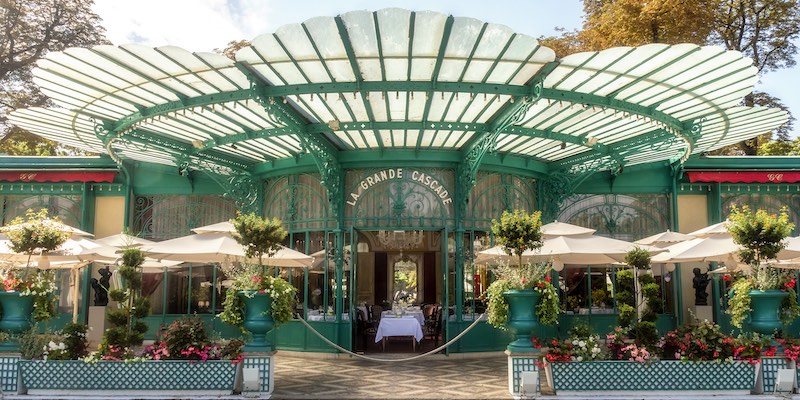
La Grande Cascade
Located next to the grande cascade waterfall, the pavilion was originally built as a hunting lodge for Napoleon III in 1859. By 1900, nearly thirty years after Napoleon III had died in exile, the lodge was converted into a restaurant and became a popular destination during the Paris Exposition of 1900.
Today La Grande Cascade remains a Belle Epoque wonder with a huge petal-shaped canopy (resembling the Metro entrances designed by Hector Guimard), floor-to-ceiling glass walls, chandeliers, and all that sumptuous Second Empire decor. La Grande Cascade has held a Michelin star since 2004.
![]()
|
Browse our hand-picked Paris hotel deals with real-time discounts of up to 20%. Stay in the Marais, Saint Germain, the Latin Quarter, the Left Bank near the Eiffel Tower… every arrondissement is on the list. |
|
Browse our hand-picked Paris hotel deals with real-time discounts of up to 20%. Stay in the Marais, Saint Germain, the Latin Quarter, the Left Bank near the Eiffel Tower… every arrondissement is on the list. |
![]()
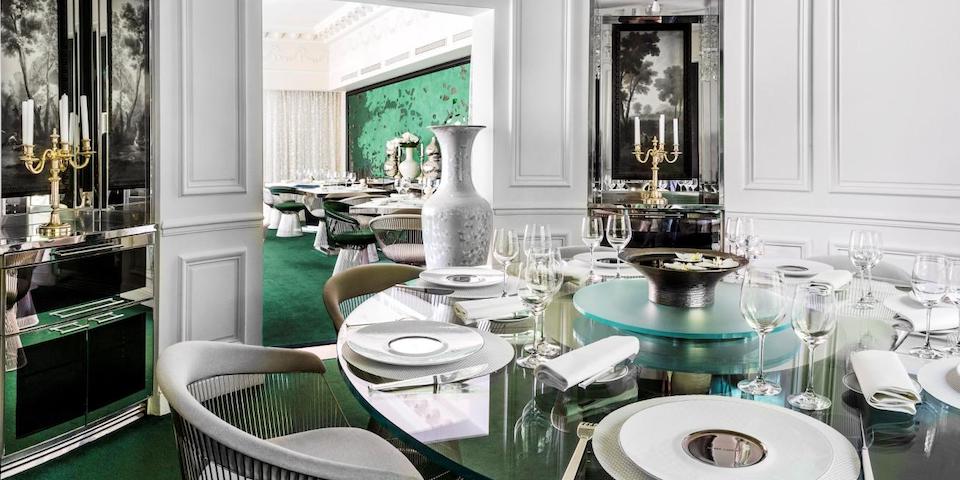
Le Pré Catelan
Built in 1856, at the start of the expansion of Paris, Le Pré Catelan was an instant success. Through the ages, the restaurant has seen changes under a number of owners. In 1905 architect Guillaume Tronchet was hired by the City of Paris to build a luxury casino-restaurant. In 1908 Parisian restaurateur, Léopold Mourier, owner of the iconic restaurant Fouquet's, took ownership and turned it into one of the most popular destinations in the city. At his death in 1923, Charles Drouant, the founder of Le Drouant (his Paris restaurant that is still in existence) took over and gave the restaurant a gastronomic boost.
In 1976 Pré Catelan was purchased by Colette and Gaston Lenôtre, of the Lenôtre gourmet food stores and pastry school, who spent a fortune improving the building, its facades, and the gardens. Today, Chef Frédéric Anton has a firm grip on three Michelin stars at this historic restaurant. Lucky, Chef Anton also finds time to head the team at restaurant Le Jules Verne, atop the Eiffel Tower, where he holds another Michelin star.
Bois de Boulogne Resources
- At 2,090 acres it's only slightly smaller than the Bois de Vincennes on the other side of Paris
- Le Pré Catelan Website…
- La Grande Cascade Website…
- View a Large Map of Bois de Boulogne…
Paris Planning Guides
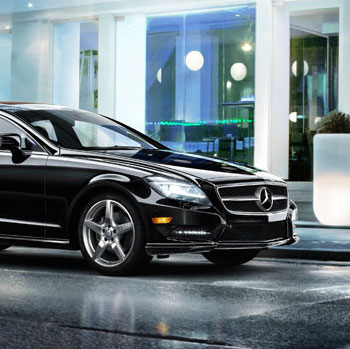 Book an Airport Transfer
Book an Airport Transfer |
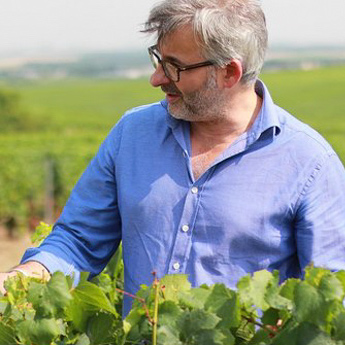 VIP to Champagne
VIP to Champagne |
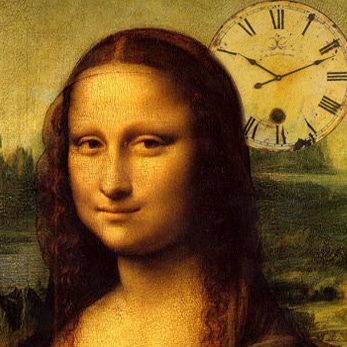 Skip the Museum Lines
Skip the Museum Lines |
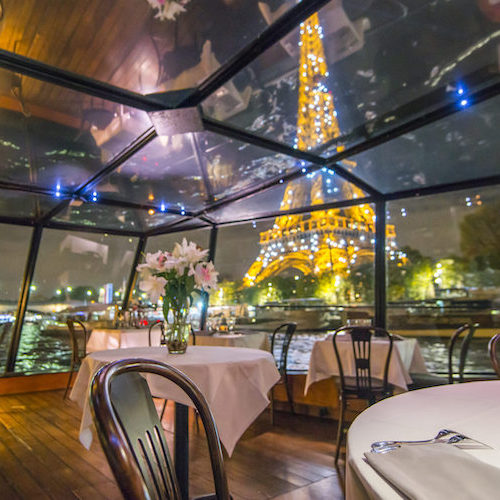 Glorious Dinner Cruises
Glorious Dinner Cruises |
